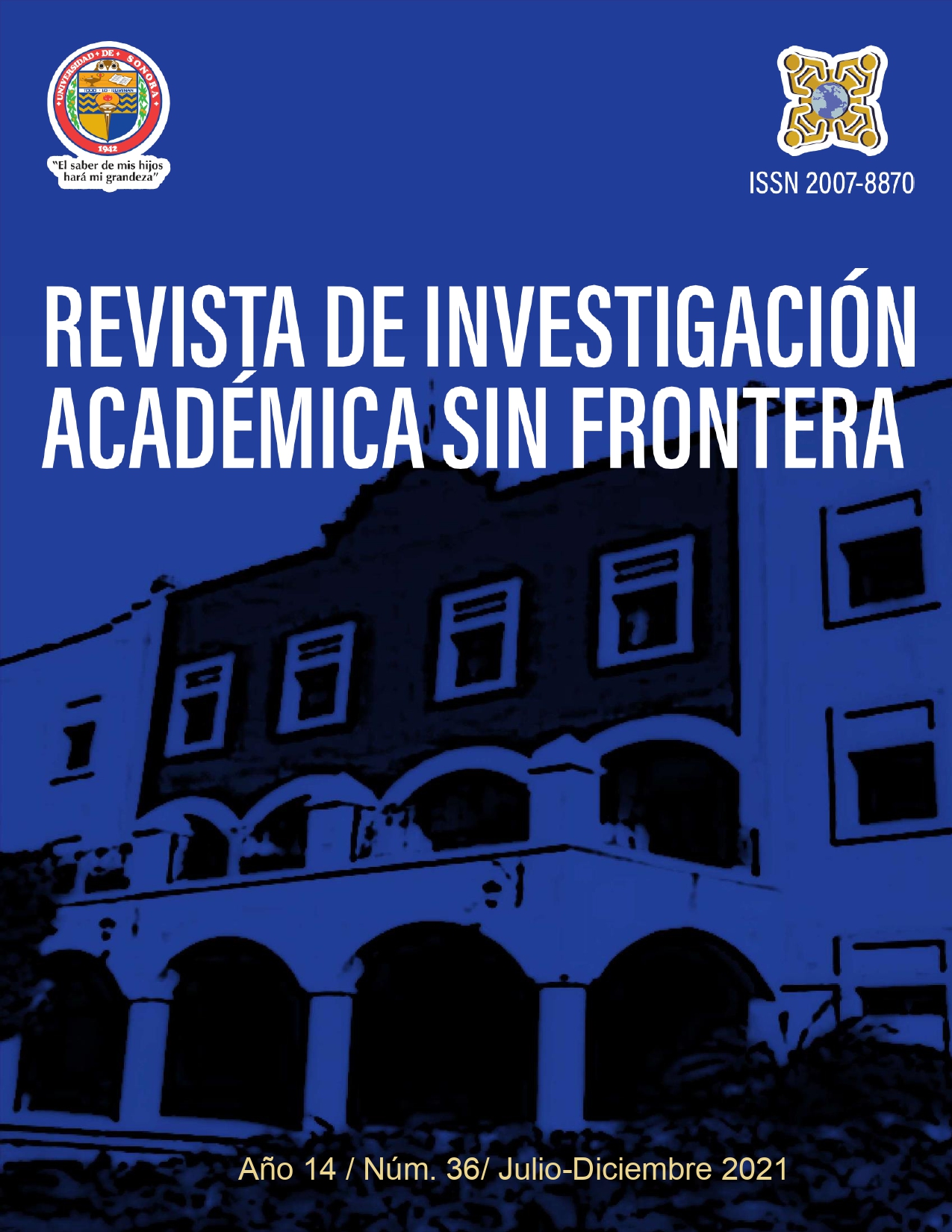Procedures management system and the application of the canvas business model
DOI:
https://doi.org/10.46589/rdiasf.vi36.385Keywords:
Modelo de negocios Canvas, Estructura de negocio, Gestión de trámitesAbstract
Summary. The main purpose of this article is to design the business model for managing the procedures of a government office. This was addressed due to the need to know how to improve bureaucratic management in terms of the response period established by the same regulations for the resolution of the procedures, since this term has been exceeded, it is worth mentioning that most of the procedures are unfinished . This has brought dissatisfied users who need this resolution to be able to work, for which demands have been presented to the institution for not complying with the time that has elapsed. For this, the analysis of the office is carried out based on the methodology of the Canvas Business Model through the definition of its nine key elements, with which those responsible for this office can have in an agile and flexible way a holistic perspective of what which entails improving response times for users of this office. As a result, a description of each of the elements is obtained that makes it easier for managers to define measurable objectives to improve response times to their users. As future work, it is proposed to design initiatives through strategic management and elements that describe the value proposition with the use of process mapping.
Downloads
References
agua.org.mx. (2010). Comisión Nacional de Agua (CONAGUA). https://agua.org.mx/biblioteca/comision-nacional-de-agua-conagua/
Arellano, M. (1989). DECRETO por el que se crea hl Comisión Nacional del Agua. Diario oficial de la federación. https://www.gob.mx/cms/uploads/attachment/file/110378/16_ENERO_1989_DECRETO_DE_CREACI_NCNA_COMO_ORGANO_ADMINISTRATIVO_DESCONCENTRADO_DE_SARH.pdf
Behnke, I., & Kibbel, F. (2017). The Business Model Innovation Process in High-Tech Start-ups. Business and Economics, 37(4), 1019-1042.
Castillo, S. (2017). Aplicación de Teoría C- K y modelo de negocios Canvas para asistir el diseño de nuevos servicios. Coloquio de investigación multidisciplinaria, Orizaba, Mex.
INAP. (2008). Mejora de la función pública. Revista de administración púbica, XLIII(3). https://inap.mx/wp-content/uploads/2020/09/INAP-RAP_117-2008.pdf
McGrath, R. (2010). Business Models: A Discovery Driven Approach. Long Range Planning, 43, 247-261. DOI: https://doi.org/10.1016/j.lrp.2009.07.005
Mouriño, J. (2018). Authentic Leaders: Emprendimiento basado en innovación e impacto. iLab.
Osterwalder, A., & Pigneur, Y. (2009). Obstáculos de la innovación en los modelos de negocios. In Business Model Generation.
Osterwalder , A., & Pigneur , Y. (2012). Business Model Generation (Hoboken, Ed.). John Wiley & Sons, Inc.
Pérez Campos, M., & Priego Carrera, M. (2014). MANUAL DE INTEGRACIÓN, ESTRUCTURA ORGÁNICA Y FUNCIONAMIENTO. CONAGUA. http://www.conagua.gob.mx/CONAGUA07/Contenido/Documentos/ManualdeIntegracion,EOyF.pdf
Sánchez Vásquez, J. M., Vélez Elorza, M. a. L., & Pedro, A. j. P. n. (2016). Balanced scorecard para emprendedores: desde el Modelo Canvas al cuadro de mando. Revista Facultad de Ciencias Económicas: Investigación y Reflexión, 24(1). DOI: https://doi.org/10.18359/rfce.1620
Serra Rojas, A. (2020). Administración Pública Federal. Enciclopedia Jurídica Online. https://mexico.leyderecho.org/administracion-publica-federal/
SFP. (2012). Programa especial de Mejora de la Gestión en la Administración Pública Federal. SFP. http://20062012.funcionpublica.gob.mx/images/doctos/PROGRAMAS/pmg/manual_de_operacion_pmg_2012.pdf
Villa Casal, J. P. (2014). Manual de atención a clientes y usuarios. BRESCA.
Zott, C., Amit, R., & Massa, L. (2011). The Business Model: Recent Developments and Future Research. Journal of Management, 37(4), 1019-1042. DOI: https://doi.org/10.1177/0149206311406265
Downloads
Published
How to Cite
Issue
Section
License
Copyright (c) 2021 Celia Yaneth Quiroz Campas

This work is licensed under a Creative Commons Attribution-NonCommercial-NoDerivatives 4.0 International License.






